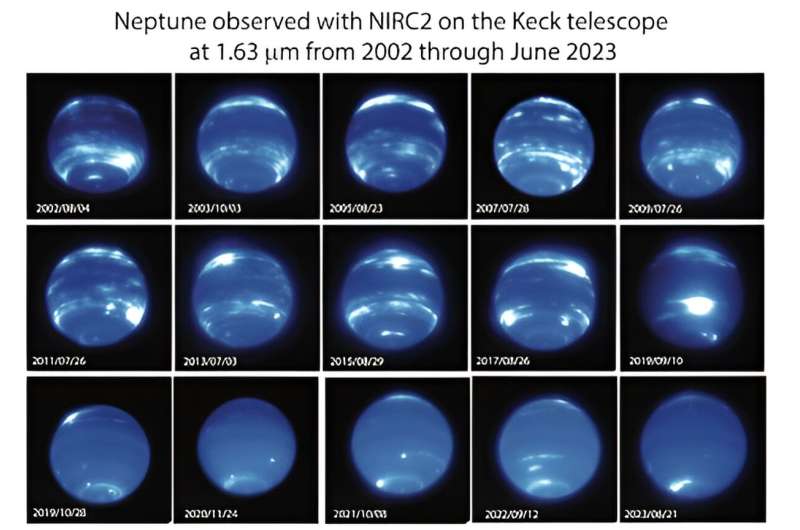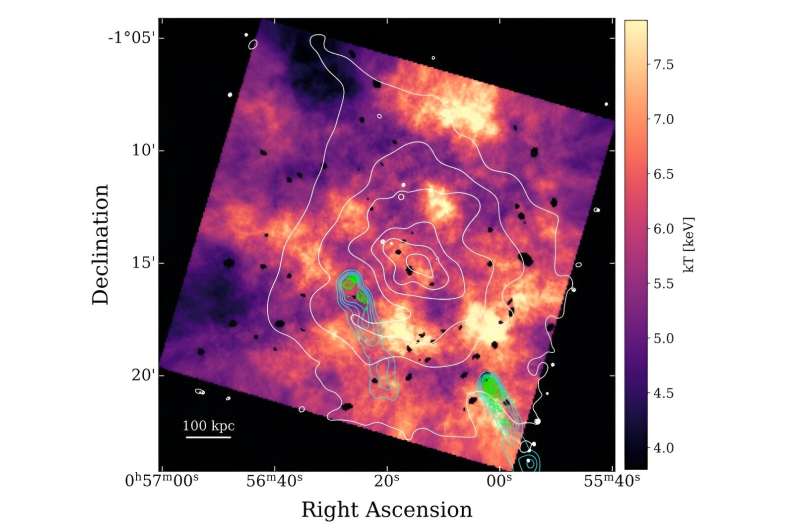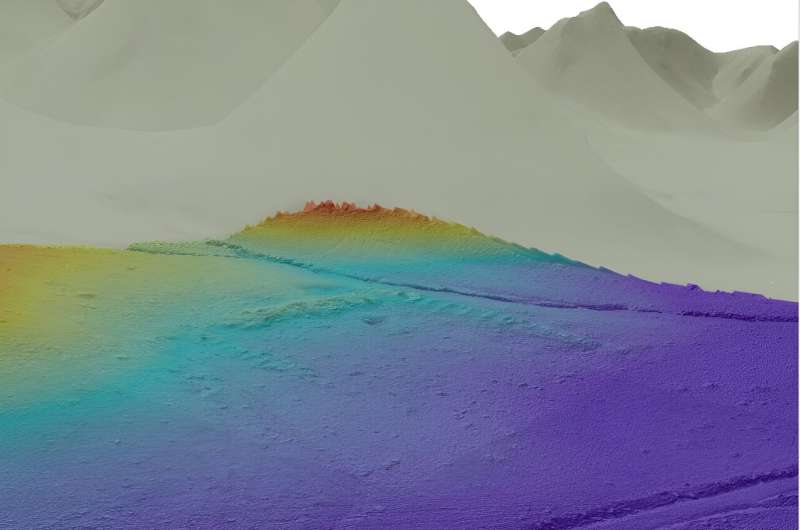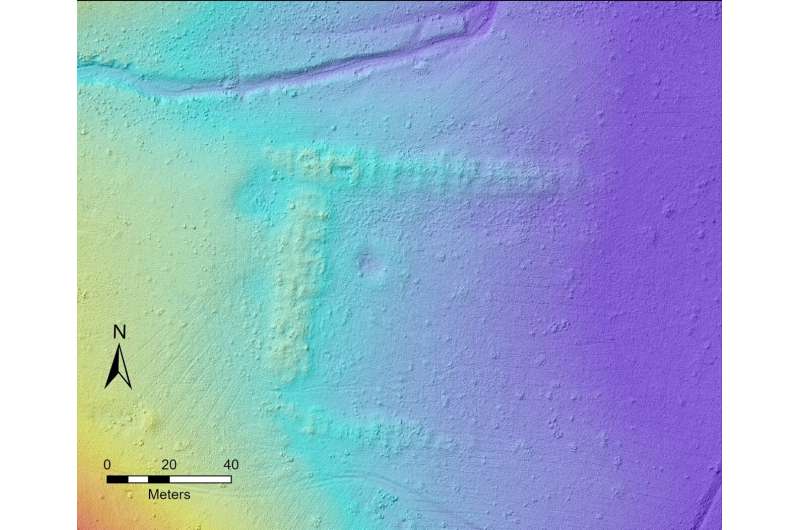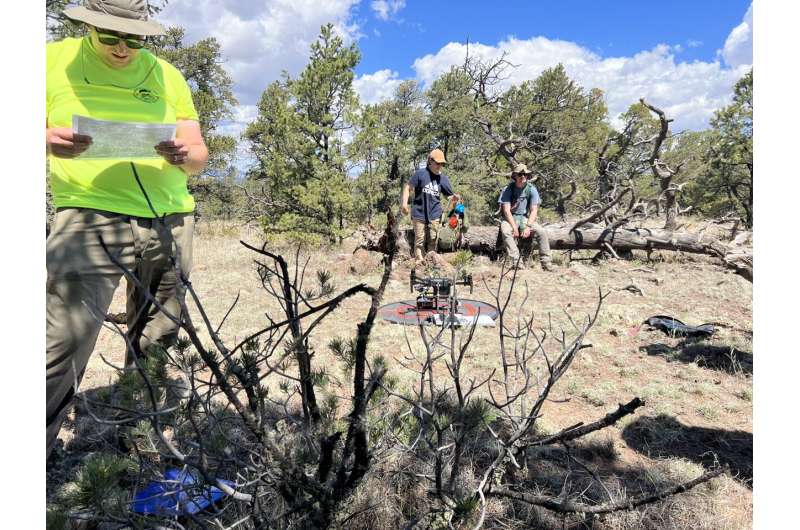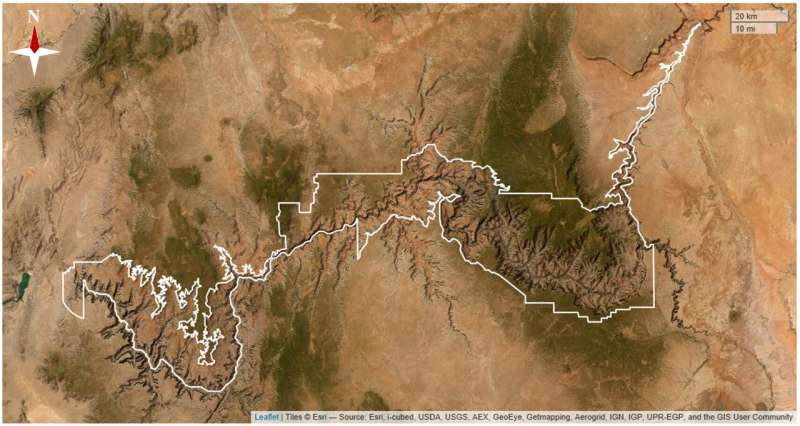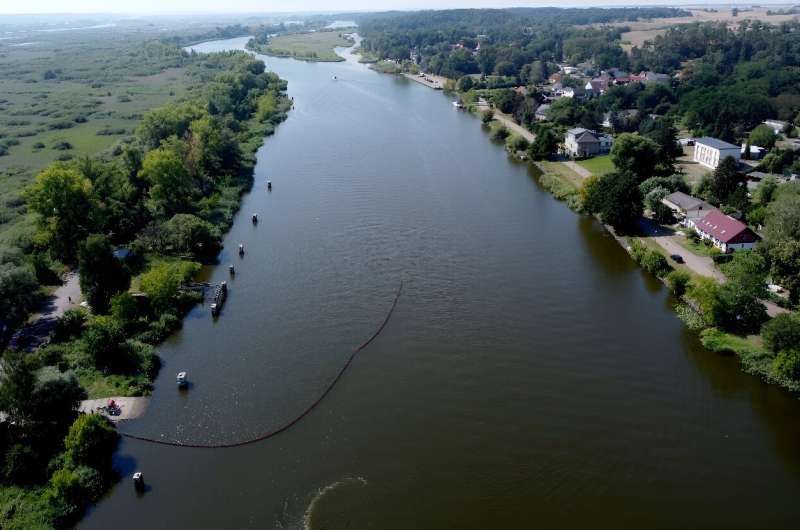NASA's lunar trailblazer gets final payload for moon water hunt

NASA's Lunar Trailblazer is nearing completion now that its second and final cutting-edge science instrument has been added to the small spacecraft. Built by the University of Oxford in England and contributed by the UK Space Agency, the Lunar Thermal Mapper (LTM) joins the High-resolution Volatiles and Minerals Moon Mapper (HVM3), which was integrated with the spacecraft late last year. Together, the instruments will enable scientists to determine the abundance, location, and form of the moon's water.
Led by Caltech in Pasadena, California, Lunar Trailblazer has a mass of about 440 pounds (200 kilograms) and measures only 11.5 feet (3.5 meters) wide with its solar panels fully deployed. The small satellite will rely on the LTM instrument to gather temperature data that will reveal the thermal properties of the lunar surface and the composition of silicate rocks and soils. The HVM3 imaging spectrometer, which was built by NASA's Jet Propulsion Laboratory in Southern California, will detect and map the form, abundance, and locations of water in the same regions as the LTM instrument.
"Lunar exploration is an international endeavor, and Lunar Trailblazer embodies that spirit with the University of Oxford's and UK Space Agency's contribution to the mission," said Bethany Ehlmann, the mission's principal investigator at Caltech. "With the combined power of both of these sophisticated instruments, we can better understand where and why water is on the moon and support the next era of moon exploration."
Launching before the Artemis program's human landings, Lunar Trailblazer will return information about the moon's water, providing maps to guide future robotic and human explorers. Lunar water could be used in a variety of ways, from purifying it as drinking water to processing it for fuel and breathable oxygen.
"The Lunar Trailblazer mission will improve our understanding of our natural satellite and how we could harness its resources to support exploration in the future," said Libby Jackson, Head of Space Exploration at the UK Space Agency. "Backing missions and capabilities that will drive opportunities for humanity to venture deeper into space is one of our priorities, so it's exciting to see the LTM instrument ready for launch."
Lunar Trailblazer was selected by NASA's SIMPLEx (Small Innovative Missions for Planetary Exploration) program in 2019, and the spacecraft will launch as a secondary payload on the second Intuitive Machines robotic lunar lander mission, called IM-2. That launch, which will also carry NASA's Polar Resources Ice Mining Experiment-1 subsurface ice drill, is expected no earlier than early 2024.
Lunar water cycle
When Lunar Trailblazer arrives in orbit around the moon, it will use HVM3 to map the spectral fingerprints—or wavelengths of reflected sunlight—of the different forms of water over the lunar landscape. LTM will scan those mapped regions at the same time to form an image that can be used to characterize the temperature of the surface. By measuring the same locations at different times of day, Lunar Trailblazer will determine if the amount of water changes on this airless body.
It is thought that some water molecules might be locked inside lunar rock and regolith (broken rock and dust), particularly those containing silicates, which are the most abundant mineral on the moon. Other water molecules may move and settle for short periods as frost in cold shadows.
As the sun changes position in the sky during the lunar day, the shadows move. This causes the ice to sublimate, transforming into vapor without passing through a liquid phase. As the water molecules move in the moon's extremely thin atmosphere to other cold places, they can settle once more as a frost. The most likely locations to hold water ice in significant quantities are the always-cold permanently shadowed craters at the lunar poles, which are key targets for science and exploration.
"LTM precisely maps the surface temperature of the moon while the HVM3 instrument looks for the spectral signature of water molecules," said Neil Bowles, instrument scientist for LTM at the University of Oxford. "Combining the measurements from both instruments allows us to understand how surface temperature affects water, improving our knowledge of the presence and distribution of these molecules on the moon."
LTM will provide maps of lunar surface temperature from about minus 265 degrees to 266 Fahrenheit (minus 165 degrees to 130 Celsius) using four broadband infrared channels. The instrument will scan the lunar surface to form a multispectral image as the spacecraft orbits above. At the same time, 11 narrow infrared channels also map small variations in the composition of silicate minerals that make up the rocks and regolith of the moon's surface, providing more information about what the lunar surface is made of and how this may influence the amount of water present.
Lunar Trailblazer is undergoing final assembly and testing at Lockheed Martin Space in Littleton, Colorado, and the spacecraft recently completed thermal vacuum chamber testing that simulates the harsh environment of space. Now, with both instruments integrated with the spacecraft and undergoing final system-level testing, Lunar Trailblazer is approaching readiness to ship to Florida for final launch preparations.
Provided by NASA
NASA's tale of two towers: Both Artemis mobile launchers see action

NASA's Artemis program has one tower standing and one just getting started.
Mobile launcher 1 (ML-1), which endured some significant damage after its use on the Artemis I mission last November, has been undergoing repairs and enhancements in preparation for its reuse on next year's planned Artemis II flight, the first with humans on board.
NASA stuck the 380-foot-tall structure atop its slow-moving crawler-transporter 2 on Wednesday at Kennedy Space Center to begin its two-day return to Launch Pad 39-B.
ML-1 is the ground structure that holds NASA's powerful Space Launch System rocket, and for Artemis II, NASA has been working to add essential features for the four humans that will be riding in the Orion capsule atop the rocket. It will make its way into the Vehicle Assembly Building for eventual stacking of all the rocket parts early next year.
For now, though, it has work planned at the launch site where NASA's Exploration Ground Systems team will perform tests and work on upgrades for both the launcher and the launch pad. That includes a launch day demonstration for the Artemis II crew of NASA astronauts Reid Wiseman, Victor Glover, Christina Koch and Canadian astronaut Jeremy Hansen as well as NASA's closeout crew and the rescue team.
The rescue teams will make sure the emergency exit system works in the event the astronauts and other support crew need to escape from their spacecraft to the safety of the ground below. The system has four baskets that can hold up to five people that travel down large cables to staged vehicles below.
Unlike the Space Shuttle Program, which had a tower permanently constructed at the launch pad, the mobile launchers require the emergency egress systems to be assembled and disassembled between every SLS launch.
NASA will also be able to test upgraded umbilical lines including the flow of liquid hydrogen from a new storage sphere. Liquid hydrogen leaks plagued both dress rehearsals and several launch attempts before the eventual successful liftoff of Artemis I on Nov. 16, 2022.
Meanwhile, Bechtel National Inc., NASA's prime contractor to construct a sister mobile launcher, bolted together the first pieces of steel Wednesday at KSC for what will end up being the even bigger mobile launcher 2 (ML-2). The slightly taller platform will be 390 feet tall.
The need for a second mobile launcher is driven by what will be a version of SLS that's 40 feet taller called the Block 1B. The height increase is due to SLS getting rid of what's called the Interim Cryogenic Propulsion Stage (ICPS) used to propel the Orion space capsule to the moon in favor of the more powerful and roomier Exploration Upper Stage beginning with Artemis IV, a mission currently on NASA's roadmap for no earlier than 2028.
The steel trusses and girders will come together as it takes shape, eventually to be assembled at the mobile launcher parking lot that's adjacent to the VAB.
"I am proud of our team for achieving this significant milestone in partnership with NASA," said Bechtel Project Manager Felice Presti in a press release. "It is incredible to see the complex designs of my Bechtel colleagues come together in this new, innovative structure that will support the SLS rocket and NASA's Artemis mission to further deep space exploration. I look forward to continuing safe progress on the mobile launcher as we work from bolting to liftoff."
When finished, the ML-2 will weigh about 11.3 million pounds and be able to support the Block 1B version as well as a planned Block 2 version of SLS that is planned to have even more power at liftoff than the first Artemis missions, which produce 8.8 million pounds of thrust on liftoff, and to date is the most powerful rocket to ever reach orbit.
Bechtel was awarded the original contract to construct ML-2 in 2019 for $383 million with a completion originally promised by spring 2023. Cost increases and design delays piled on through 2022 prompting NASA's Office of the Inspector General to audit the program. Its findings released last June showed the total projected cost was already expected to hit $960.1 million, or 2 1/2 times more than originally planned.
Delivery now is officially delayed until October 2025, but the audit suggests even that date won't be attainable.
"We expect further cost increases as inevitable technical challenges arise when ML-2 construction begins," the audit reads. "Given the time NASA requires for additional testing once the structure is delivered, the earliest the ML-2 will be available for Artemis IV is November 2026."
2023 Orlando Sentinel.
Distributed by Tribune Content Agency, LLC.
